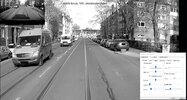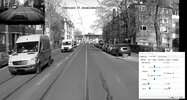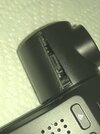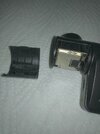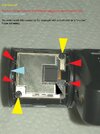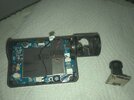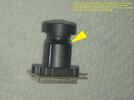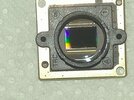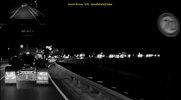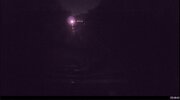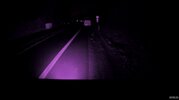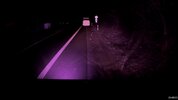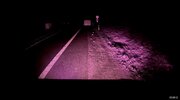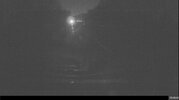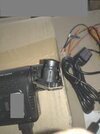Hello Zackw419.
Not really. It simply is a bit difficult and you might not pry the oyster open without leaving at least some cosmetic damages on the housing.
You have to (i did it) insert a thin(sharp) tool into the gap of the housing (the bottom with the big radius), then work on it to split it open. I did it with
this knife. When i tried to open up the oyster for the first time i didn´t know what´s hiding under the hood. You need some mental strenght in that moment to ignore a potential burning of ~250currency-units with an unlucky slip of some kitchenknife used as a prybar on a fiddly consumerelectronicdevice with unknown entrails. Now that i know, it helps when you apply some pressure to the points where these notches/pawls? can be seen:
View attachment 64929
But!: the housing is a relatively rigid one (which is a good thing!), so it has to be done carefully but forcefully and forcefully but carefully ... Oo.
On top of that, it´s a good idea to (try to) fixate the oyster to be able to use both hands on the patient but the problem with the oyster is it´s stupid oyster-geometrie with angled surfaces and more or less sexy curves ... ><!
If you cannot fixate it in or with a helpful device, use more hands (!attention!: > massacre-alarm!: multiple hands > knifeshaped "tool" > sweat > small device which doesn´t want to be opened up > force > failure > anger > more force > more sweat > more failure > rage > knife-slipping > silence > bloodfountains > yelling > hysteria > end-of-the-world ...
Don´t let it come to this! ...

I did it in my lap. The frontyard of my genitals. Nothing happened. It´s doable. But not easy, no actual trick to advise on (for?) and the possibility of a not-so-nice housing than pryor to the breach is a real one ...
No. No trick either. Just boring and probably time consuming > producing video segment > download from cam > max it on the screen > watch focus position > adjust the lens a bit > produce video segment > download from cam > max it on the screen > watch focus > adj ... and so on and so forth.
You (of course) have to do that with the sensor-module not mounted back into it´s housing. During this procedure, the eye has to just hang out of the head of the patient on it´s optic nerve. Like this:
View attachment 64930
I really can understand that people don´t want to launch such a nerdy space-program just to get a little bit of a more-on-spot-focus, but i can tell that the result was really! worth it. Maybe i got a potatoe and all the other buyers that ZEISS precision instrument they were expecting but after this torture-tour, watching the crisp/sharp videomaterial the camera is actually able to deliver was such a joy, ... with the topping of shorter shutter-times because of the additional IR-lightenergy now teaming up with VIS and hammering on the sensor together.
Btw.: When first time trying to rotate the stock-lens after removing the glue: I had to use two grippers (in german: Zangen) and apply some unexpected amount of torque to talk the lens into a initial rotational movement (i think a bit of the uv-glue is infitrating the fine lens-thread prior to the hardening process and this residual glue cannot be removed with the main visible part and it´s the one the torque is need for to "break it". After that, the lens can be rotated with two fingers without problems but it sits thight enough in it´s thread that there´s no additional securing needed after hitting the desired focus spot.
Good luck. Report back. Stay away from hospitals ...
